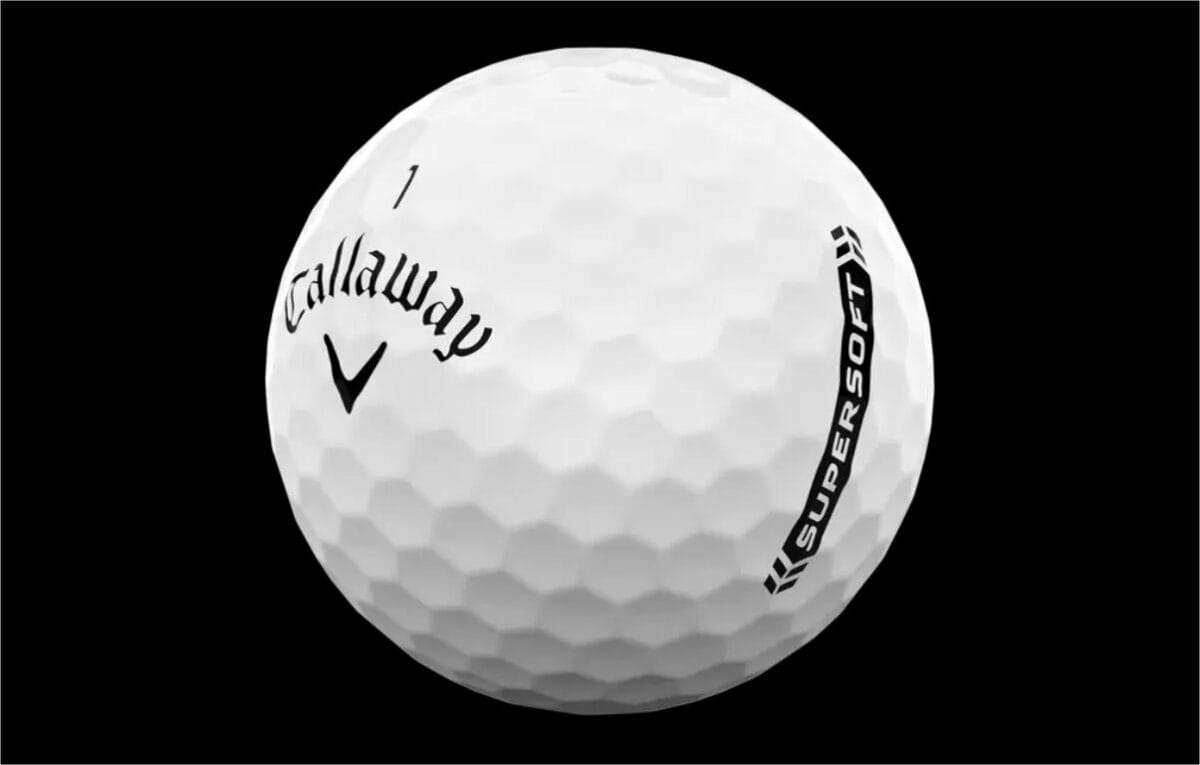Which Golf Ball is Best for Slow Swing Speeds?
If you are a golfer with slower swing speeds below 90 mph, maximizing distance off the tee becomes critically important.
Choosing a golf ball engineered specifically for moderate-speed swings can provide huge advantages.
But with so many choices, which golf balls actually optimize performance for players with slower swing speeds?
By understanding ball compression, construction, and launch characteristics, average players can pick the right model to enhance enjoyment.

Importance of Swing Speed on Ball Performance
Before recommending balls, it helps to review why swing speed matters:
- Faster speeds compress the ball more, creating maximum energy transfer for distance.
- Slower swings can’t deform the ball as much, reducing velocity and energy return at impact.
- Lower compression balls are required to fully activate slower swing speeds.
- Matching construction to swing speed provides proper launch, carry, and total distance.
Selecting the correct ball compression and construction is vital.
Measuring Swing Speed
Most amateur men average between 80-90 mph in driver swing speed. For women and seniors, average speeds are 65-80 mph.
Measuring your exact speed is recommended during professional club fitting. But some general speed ranges include:
- Under 60 mph – Very slow speed necessitating specialized balls.
- 60-80 mph – Moderate swing where softer balls can maximize distance.
- 80-90 mph – Low end of average where moderate compression works best.
- 90-100 mph – The higher end of average speed suited for firmer balls.
Match models to your personal speed for peak performance.
Best Golf Balls for Slow Swing Speeds
Here are top golf ball recommendations for men, women, and seniors with slower swing speeds:
Callaway Supersoft
- Lowest possible compression at just 35.
- Ultra soft feel promotes distance off the tee and irons.
- Straight, low-spin flight takes slices and hooks out of play.
Titleist TruFeel
- A low 50 compression rating activates slower speeds.
- High launch design produces several extra yards of carry.
- The soft feel provides excellent control on short game shots.
Srixon Soft Feel
- 60 compression core energetically responds at impact.
- 344 dimple pattern launches high with less drag.
- A very soft feel helps slower swing generate spin and stop quickly.
Wilson Duo Soft
- 50 compression and soft Ionomer blend cover.
- Massive high-energy core maximizes speed transfer.
- Reshape dimples provide straighter flight.
Callaway ERC Soft
- The proprietary low-compression core formula unlocks speed.
- Soft Trigonometry cover optimizes surface coverage for high launch.
- Designed specifically for slower swing speeds.

Benefits of Using Lower Compression Balls
Opting for balls with lower compression ratings under 50 offers key benefits:
- Require less force to compress, matching slower swing speeds.
- Provide the most energetic response at impact, even on mishits.
- A softer feel inspires confidence and reduces vibration at contact.
- High launch and low spin maximize distance with shorter clubs.
- Maintain speed and distance without having to aggressively overswing.
Don’t just play whatever ball you see on sale – match compression to your needs.
Features to Look For
Along with low compression, ideal balls for slower swing speeds also exhibit:
- Large, soft cores that act like a spring at impact.
- Dimple designs that sustain velocity and prevent loss of distance.
- Durable ionomer or Surlyn covers to save money.
- High launch low spin flight for extra carry with irons.
- Bright matte finishes for easy visibility.
Prioritizing these traits in addition to compression produces the best-performing ball.
Club Fitting Recommendations Matter
Along with swing speed, factors like angle of attack, strike location, and spin axis should guide ball selection.
A professional club fitting will recommend the right combination of ball and equipment specifications for your needs, including:
- Precisely identifying swing speed, ball speed, and launch angles.
- Matching shaft flex, loft, and head to optimize launch conditions.
- Analyzing spin rates, gear effect, and dispersion.
- Gap testing with various clubs to ensure proper yardage spacing.
A comprehensive fitting reduces guesswork in choosing the optimal golf ball.
Conclusion
Selecting a golf ball engineered specifically for slower swing speeds allows average and senior players to pick up valuable yards from the tee through irons.
Prioritizing low compression ratings under 50 along with large soft cores enhances energy return at impact. Leading brands like Callaway, Titleist, Wilson, and Srixon now design balls promoting high launch and low spin for moderate swing speeds.
Match your exact needs using professional club-fitting recommendations to maximize enjoyment. With the right golf ball, you can achieve impressive carry distance without sacrificing feel and control around the greens.
